Edmunds' EV Buying Guide
Thinking about buying an electric vehicle? Our comprehensive EV Buying Guide can help, no matter what stage of the process you’re at. Find out what you need to know before you buy, including differences between electric vehicle types, understanding range calculations, charging capacities and more.
Electric Vehicle 101
Research by EV Type
EV Charging
EV Tax Credits and Incentives
Research EV Tax Credits, Rebates and Other Incentives
Federal Credit
$7,500Maximum RebateUnder the Inflation Reduction Act of 2022, the Internal Revenue Service (IRS) offers taxpayers a Clean Vehicle Tax Credit of $3,750 or $7,500 depending on model eligibility for the purchase of a new plug-in electric vehicle. Beginning January 1, 2024, Clean Vehicle Tax Credits may be initiated and approved at the point of sale at participating dealerships registered with the IRS. Dealers will be responsible for submitting Clean Vehicle Tax Credit information to the IRS. Buyers are advised to obtain a copy of an IRS "time of sale" report, confirming it was submitted successfully by the dealer. To be eligible:
- A vehicle must have undergone final assembly in North America (the United States and Puerto Rico, Canada, or Mexico).
- Critical mineral and battery component requirements determine credit amount.
- Maximum MSRP of $55,000 for cars and $80,000 for SUVs/trucks/vans.
- Income eligibility applies depending on modified adjusted gross income (AGI) and tax filing status.
To learn more, visit https://www.irs.gov/credits-deductions/credits-for-new-clean-vehicles-purchased-in-2023-or-after
Lender Offer
$5,500Maximum RebateEligible customer may receive special offer towards HFS lease contracts or HFS Retail Contracts on select vehicles to qualified buyers. The Captive Lease/Finance Offer must be disclosed as Cap Cost Reduction Assistance or Down Payment Assistance on the HFS Contract. Please note that dealer cash is payable to the dealer and not the consumer. Accordingly, dealer cash incentives are taken into consideration when Edmunds determines the True Market Value® of a vehicle, as well as by the dealer when it sets its Edmunds.com Price Promise® offer. These incentives for the dealer are applied independently of any customer incentives the manufacturer may be offering directly to the consumer.Conquest or Loyalty Offer
$3,500Maximum RebateEligible through 9/2/2025. $3,500 toward Cap Cost Reduction or Down Payment Assistance with the lease/finance through Honda Financial Services of a select new and not previously reported sold 2025 Prologue to qualified current owners of any 2010 or newer Honda, Buick, Chevrolet, Chrysler, Dodge, Fiat, Fisker, Ford, GMC, Hyundai, Jeep, Kia, Mazda, Mini, Mitsubishi, Nissan, Polestar, RAM, Rivian, Scion, Subaru, Tesla, Toyota, VinFast and Volkswagen vehicles. Must provide proof of ownership of eligible vehicle in the form of a current vehicle registration or proof of valid auto insurance. No trade-in required. Offer excludes purchases made prior to the program period and is transferable among members of the same household when the retail delivery registration address matches the current address of the proof of ownership document. Not redeemable for cash. Incentive paid to dealer and requires dealer participation. Not all customers will qualify. See dealer for details.Dealer Cash
$2,500Maximum RebateEligible customer may receive special offer. OK Special Lease, Military Appreciation Offer, Honda College Graduate Bonus as specified in dealer bulletins. Please note that dealer cash is payable to the dealer and not the consumer. Accordingly, dealer cash incentives are taken into consideration when Edmunds determines the True Market Value® of a vehicle, as well as by the dealer when it sets its Edmunds.com Price Promise® offer. These incentives for the dealer are applied independently of any customer incentives the manufacturer may be offering directly to the consumer.
EV Videos
Watch Video
Honda Prologue vs. Toyota BZ4X: Electric SUV Comparison Test | Which EV Is Right for You?
Toyota and Honda are generally the first two brands we think of when it comes to dependable, often class-leading vehicles. While both brands were a little late to the EV game, they’ve finally arrived with two midsize electric SUVs: tThe Honda Prologue and the Toyota BZ4X, which is also sold as the Subaru Solterra. In this video, Edmunds’ Clint Simone dives deep into both SUVs to find out if this is a win for Honda or Toyota

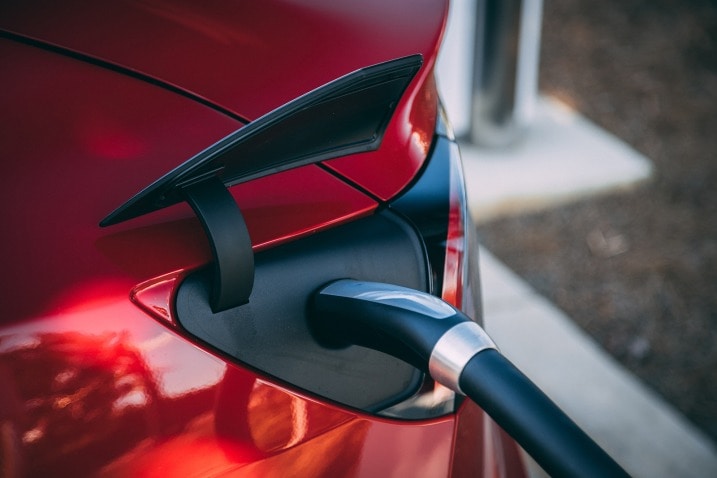
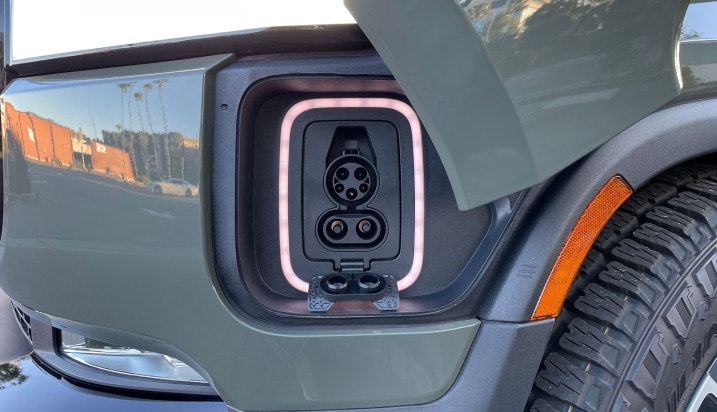
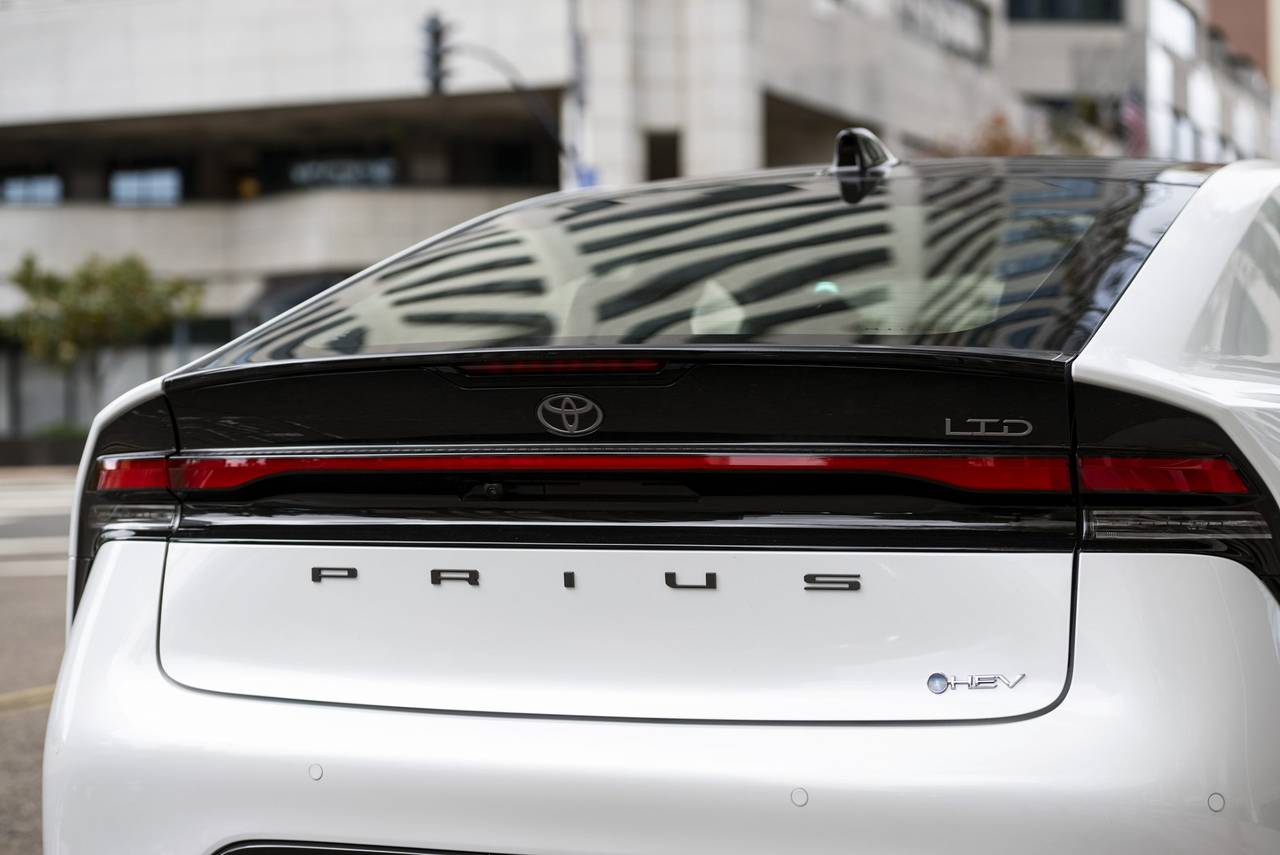
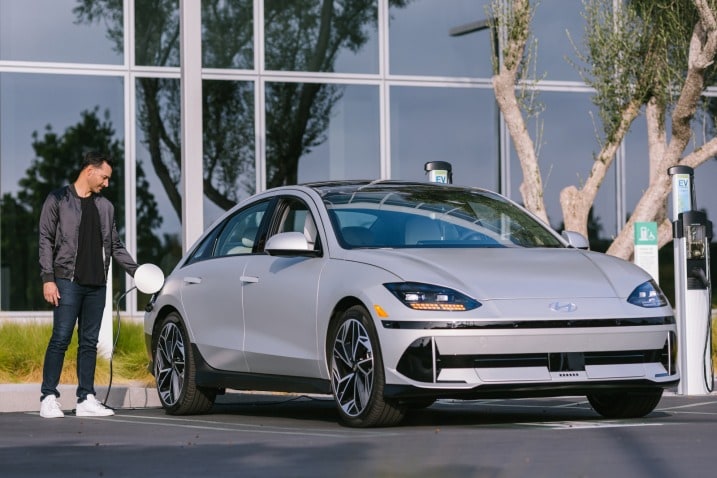
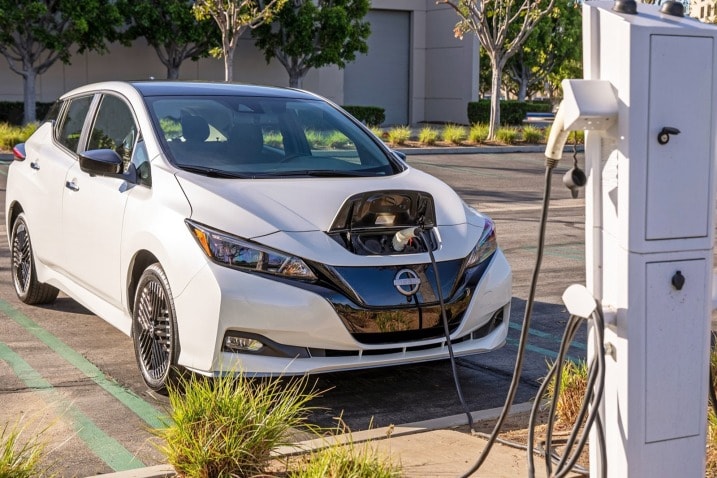
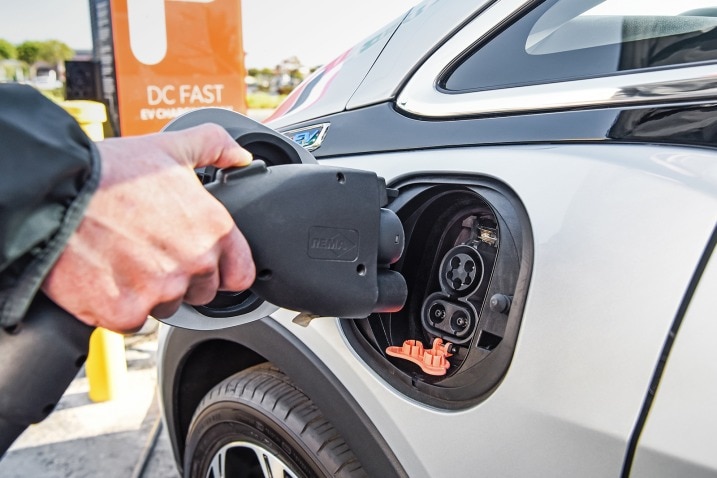
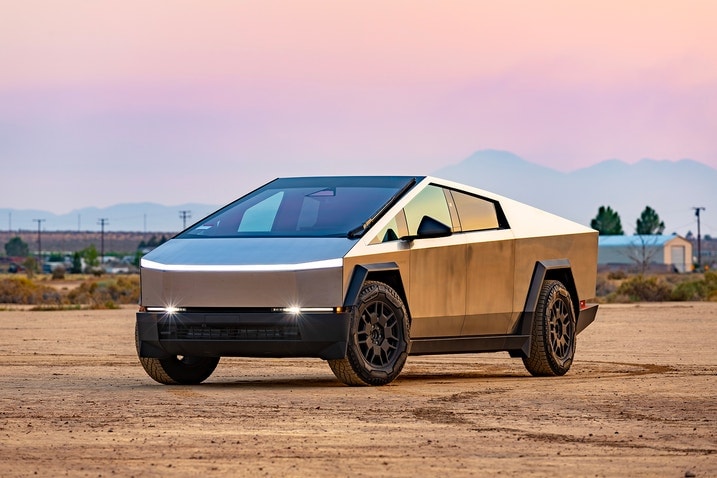




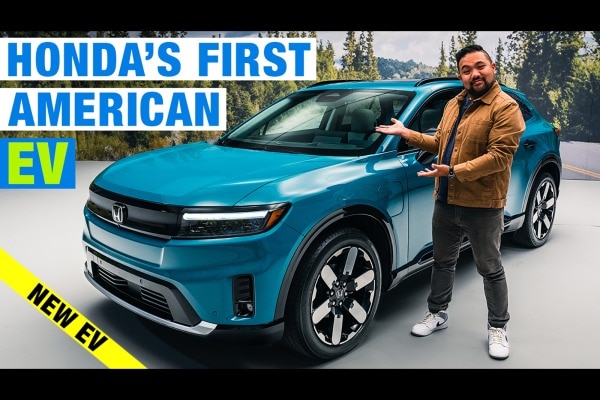
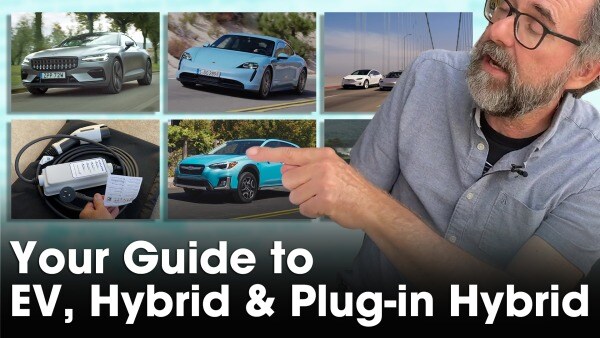



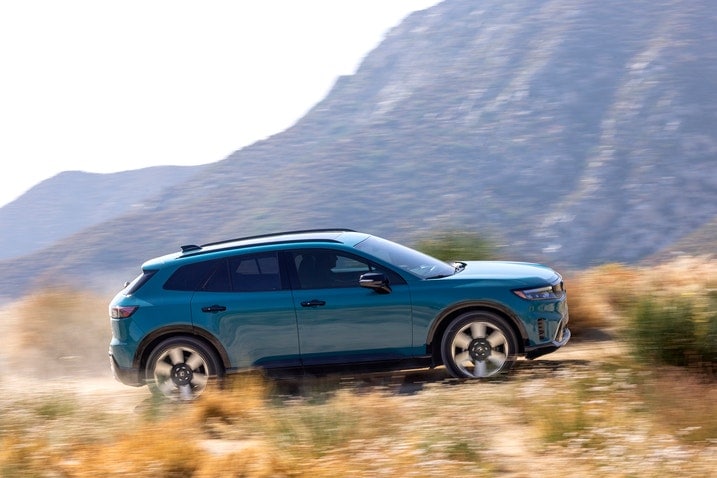
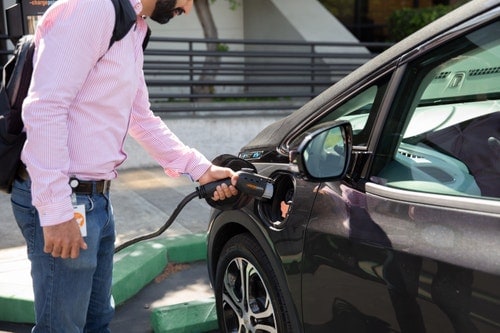



.png)